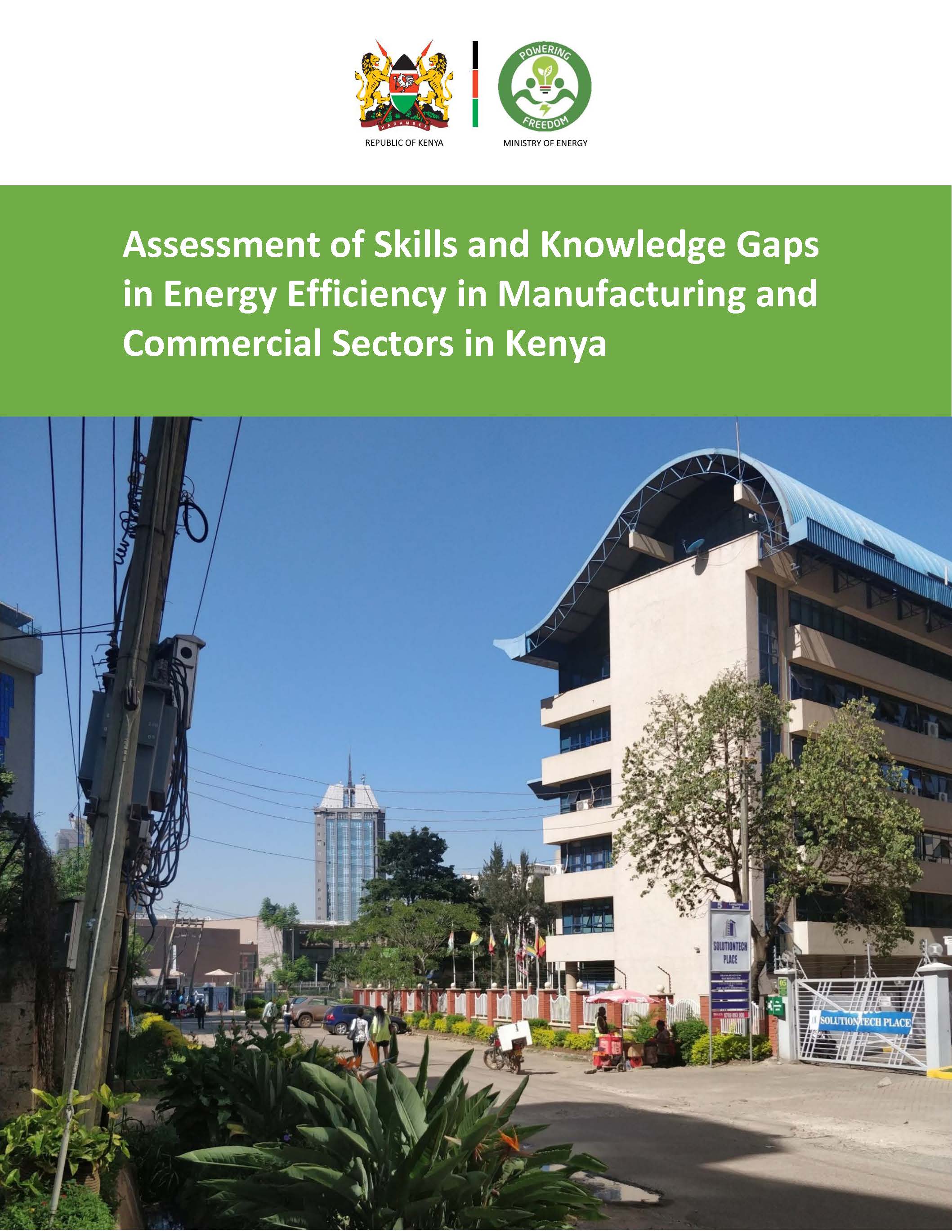In line with Kenya’s commitment to climate issues, Kenya’s Ministry of Energy strives to promote the efficient use of energy resources in all sectors. There is a strong recognition that energy is an enabler for Kenya’s Vision 2030, which aims to transform Kenya into a newly industrialized middle-income country that offers its citizens a high quality of life. In addition, the government’s “Big 4 Agenda” depends on providing sufficient and affordable energy.
Energy efficiency and energy conservation policies in Kenya aim to promote energy use in the production of goods and services without compromising quality and quantity, using technology that requires less energy to perform the same function. The Ministry of Energy, the Kenyan Manufacturers Association, Kenya Energy and Petroleum Regulatory Authority and other stakeholders have been campaigning to improve Kenya’s energy efficiency since the early 2000s. However, the benefits are insufficient, and the limited availability of skills and knowledge in the sector is considered one of the critical barriers to Kenya’s path to achieving its energy efficiency targets. In the same sense, this will require the generation of capacities for responsible and efficient use of energy. It will also require the development of content that promotes pedagogical approaches to the rational use of energy and the adoption of sustainable habits and consumption, primarily to support the current and future policies to make manufacturing and the commercial sector in Kenya more energy efficient.
In this context, technical cooperation between the Ministry of Energy, Energy and Petroleum Regulatory Authority and the Copenhagen Center on Energy Efficiency has made it possible to develop the project “Assessment of Skills and Knowledge Gap in Commercial and Manufacturing Sector in Kenya”, together with the consultant Dr Keren Keberere. The study was carried out through a review of relevant documents and interviews. Various stakeholders were identified, including designated facilities, energy auditors, energy management promoters and government agencies. The study identifies the gaps and how these skills and knowledge gaps need to be filled. It concludes that the culture of energy conservation needs to be taught among the populace from an early age. This can be achieved by integrating EE from the early stages of formal education to the college
Source| Published year: | 2022 |
|---|---|
| Link: | https://unepccc.org/wp-content/uploads/2022/10/final-report-assessment-of-skills-and-knowledge-gap-in-ee-professionals-in-kenya-2022.pdf |
| Publisher: | Ministry of Energy, Kenya |
| No. of pages: | 131 |
